728x90
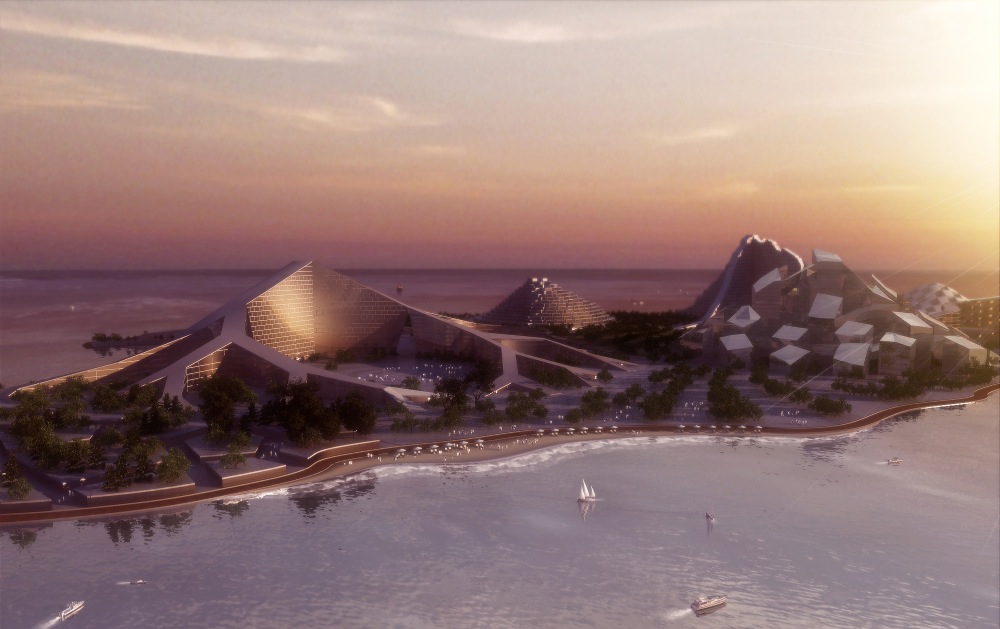
And that´s exactly what Azerbaijan will do to develop Zira Island on the Caspian Sea, located in the bay of the capital city Baku. The master plan was developed with danish BIG Architects and Ramboll engineers, with an architectural proposal based upon the country’s dramatic natural setting.
In the words of Bjarke Ingels, the proposal for Zira Island [...] is an architectural landscape based on the natural landscape of Azerbaijan. This new architecture not only recreates the iconic silhouettes of the seven peaks, but more importantly creates an autonomous ecosystem where the flow of air, water, heat and energy are channeled in almost natural ways. A mountain creates biotopes and eco-niches, it channels water and stores heat, it provides viewpoints and valleys, access and shelter. The Seven Peaks of Azerbaijan are not only metaphors, but actual living models of the mountainous ecosystems of Azerbaijan.
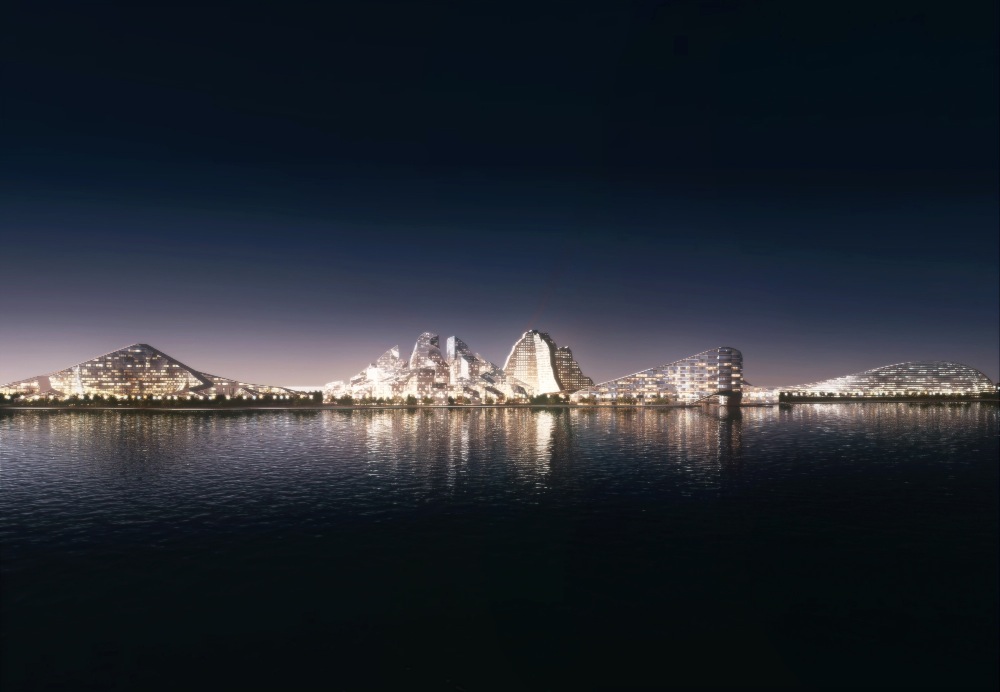
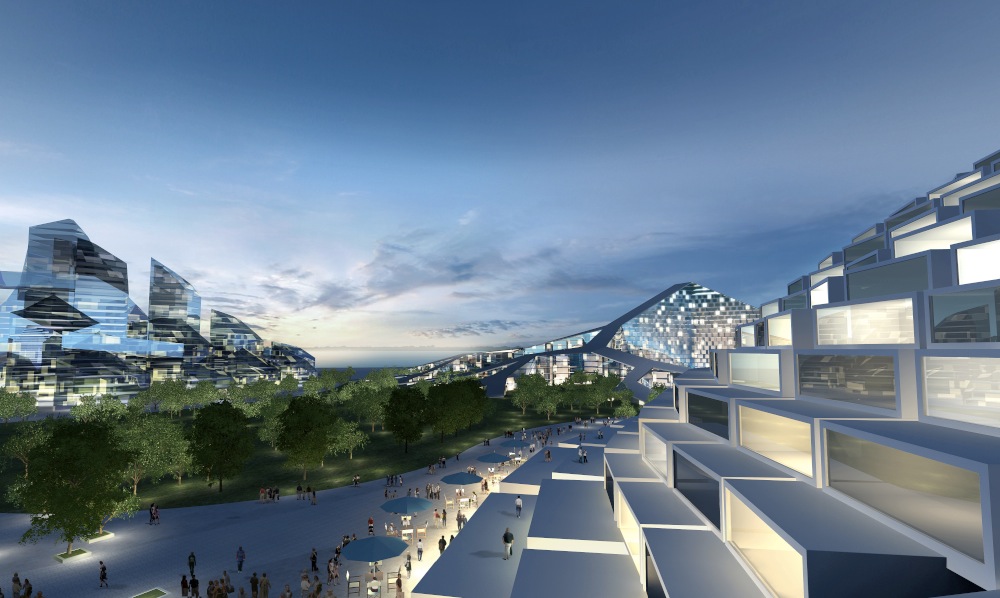
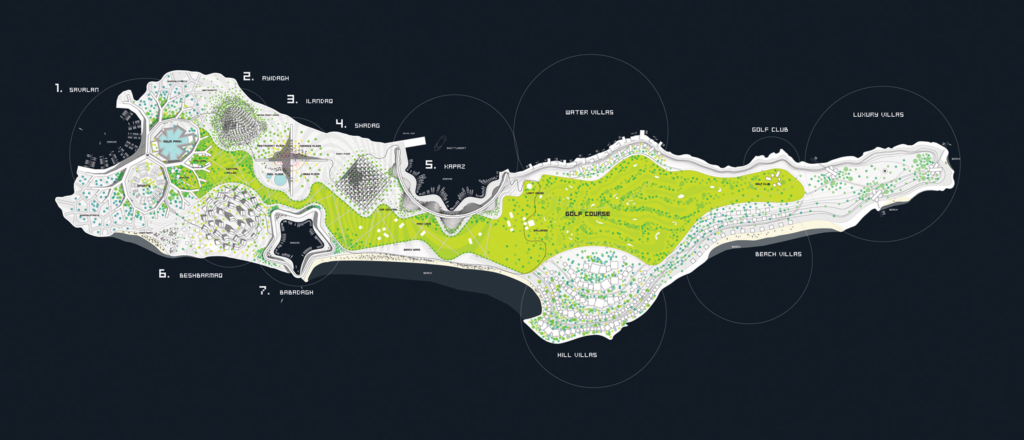
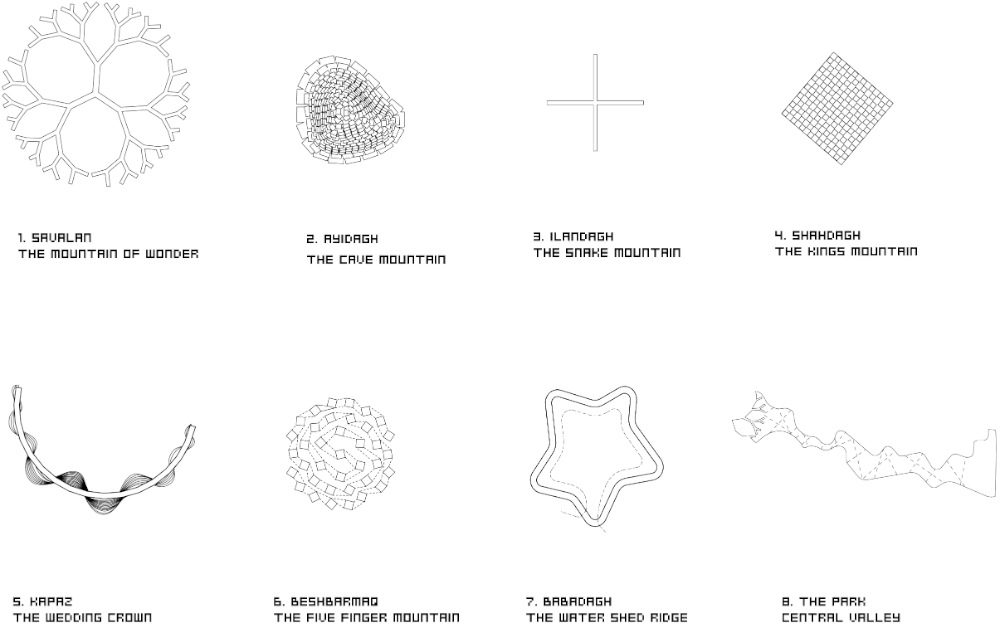
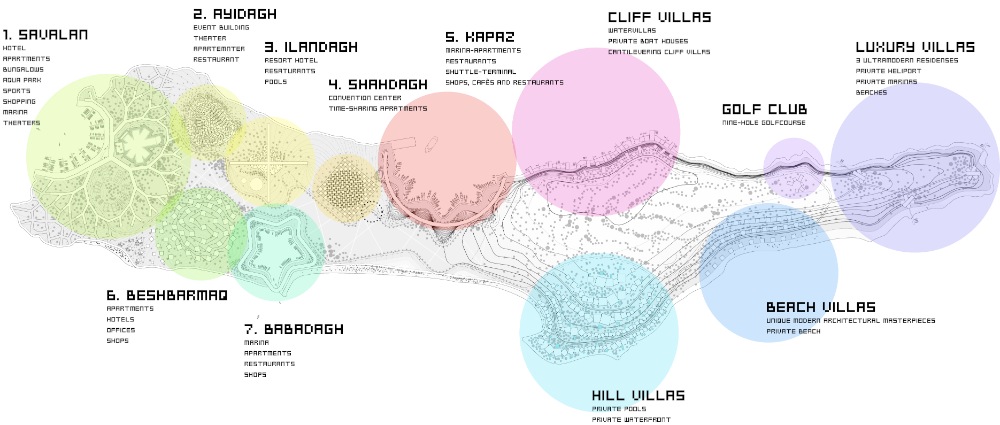
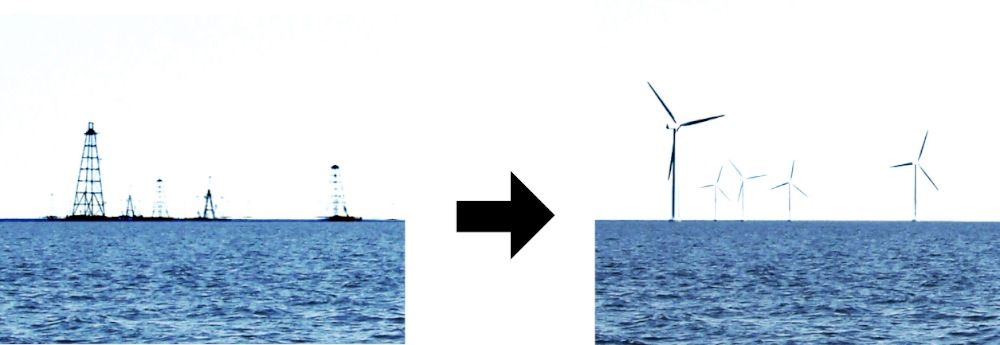

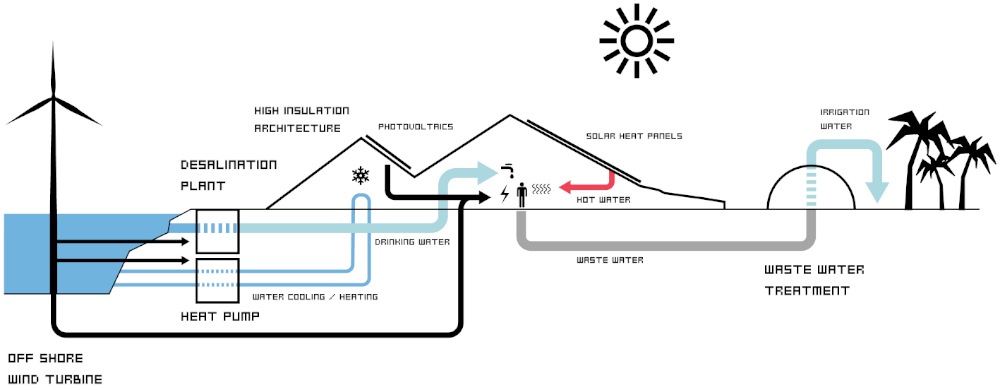
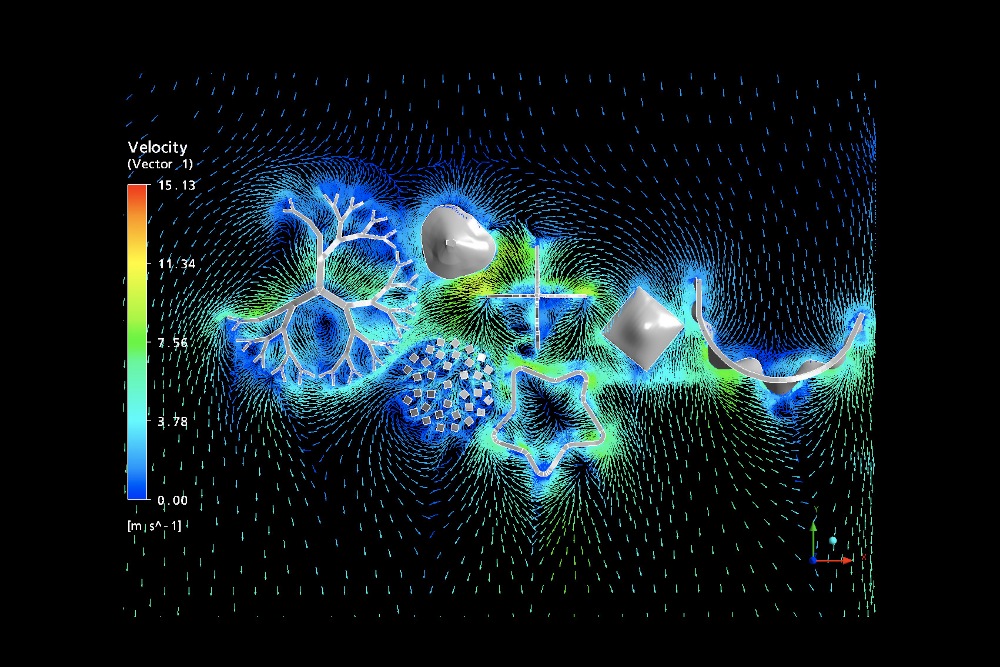
But the main highlight of this masterplan was to make the Zira Island completly independent of external resources, achieved through the mix of traditional Azerbaijani building tradition and new technologies. The aim is to provide a high-end living wiht a minimum usage of the resources.
This strategy includes several aspects:
SUN
The buildings of the island are heated and cooled by heat pumps connecting to the surrounding Caspian Sea. Solar heat panels integrated in the architecture create a steady supply of hot water, while photovoltaics on strategically located facades and roof tops power daytime functions as swimming pools and aqua parks.
WATER
Waste water and storm water is collected and led to a waste water treatment plant, where it is then cleaned, processed and recycled for irrigation. The solid parts of the waste water are processed and composted and finally turned into top soil, fertilizing the island. The constant irrigation and fertilizing of the island supports the lush green condition of a tropical island, with a minimal ecological footprint.
WIND
Zira Zero Island benefits from the fact that Baku is “the city of wind”. By harvesting the wind energy through an offshore wind farm, the island will have its own CO2-neutral power supply. Further by locating the wind turbines on sea, it transforms the existing offshore oil industry’s platforms & foundations in Baku into a more sustainable future of wind turbine platforms.
LANDSCAPE
The landscaping of the island is derived from wind simulations of the microclimates created by the mountains. Swirly patterns created by the wind moving its way through the Seven Peaks inform the planting of trees and the design of public spaces. Where the winds and turbulence are strongest the trees becomes denser, creating lower wind speeds and thus a comfortable outdoor leisure climate.
from archdaily
그리드형
'Landscape' 카테고리의 다른 글
| [ The Jerde Partnership ] Namba Parks (4) | 2009.10.27 |
|---|---|
| Our Thesis at Berlage "Synthetic Vernacular" was featured on AD (4) | 2009.10.19 |
| [ Plasmastudio + Groundlab ] Xi’an World Horticultural Expo (0) | 2009.10.06 |
| [ Alexis Rochas ] SYNTHe (0) | 2009.10.03 |
| [ Vincent Callebaut ] Lilypads (0) | 2009.10.03 |